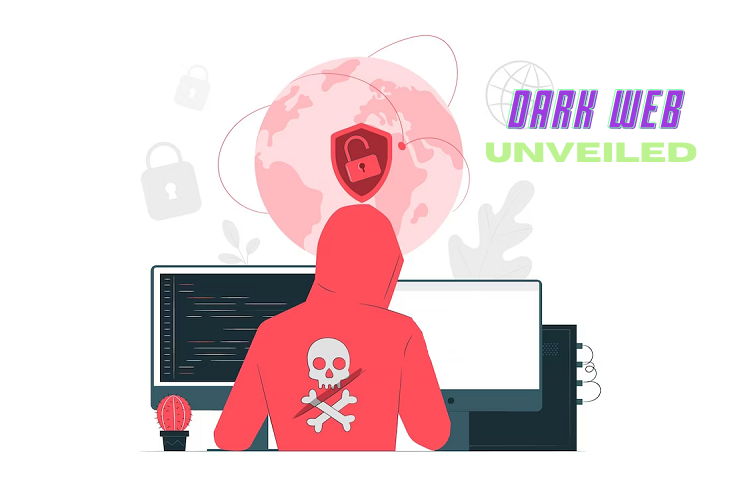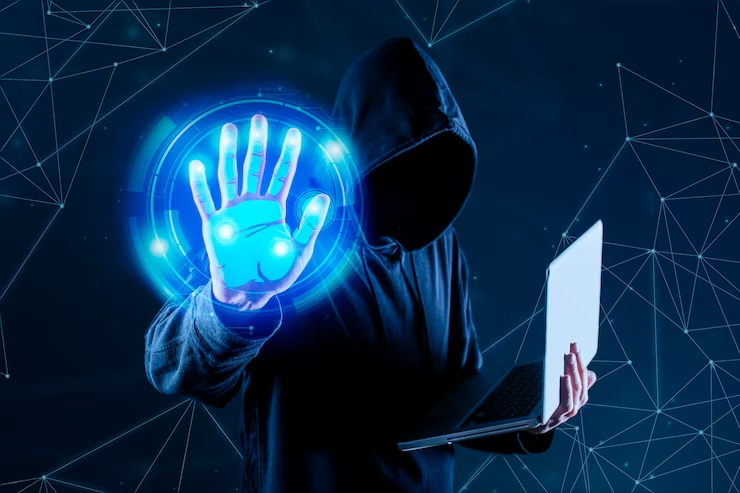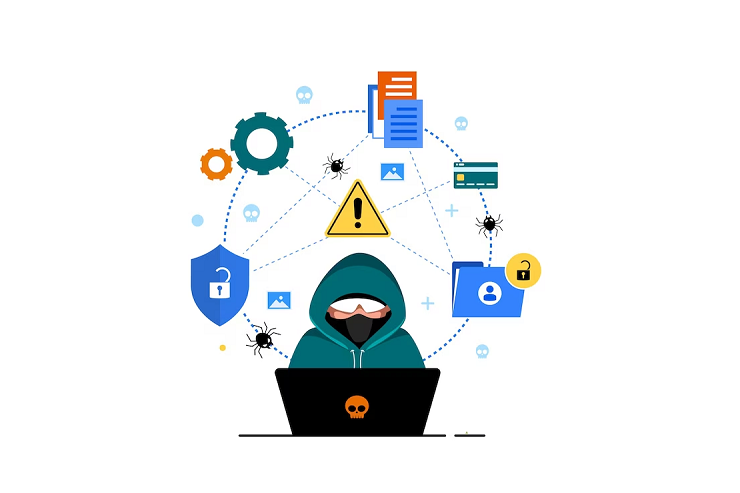
The internet is a vast and expansive place, filled with information, communities, and technologies that have transformed our world. But beneath the surface of the everyday internet lies the dark web – a hidden network of websites and servers accessible only through specialized software and configurations. In recent years, the dark web has caught the fascination of the public, portrayed as a digital underworld filled with illegal activities. But what is the truth about this concealed cyber landscape? In this post, we’ll peel back the layers and illuminate the realities of the dark web.
What is the Dark Web?
The dark web refers to networks and sites that exist on encrypted networks like Tor or I2P. These networks utilize layered encryption and routing to obscure a user’s digital footprints, allowing them to operate anonymously online. The most well-known of these networks is Tor, short for The Onion Router. Tor routes communications through a worldwide volunteer network of servers, hiding a user’s location and usage from surveillance or network monitoring. This hidden ecosystem exists parallel to the “surface web” that most internet users experience.
Dark web sites are not indexed by standard search engines like Google, necessitating the use of special dark web search engines or directories to navigate. Due to the privacy afforded by the dark web, it has become associated with illicit activities. However, not all dark web content is illegal or unethical. The dark web also enables legitimate uses like whistleblowing, anonymous reporting, and avoiding censorship.
Illegal Underground
The dark web does facilitate criminal enterprises, including the sale of drugs, weapons, and illegal services. Dark web marketplaces like the former Silk Road function similar to eBay or Amazon, but for illicit goods dubbed “e-commerce for evildoers” by cybersecurity experts. Cryptocurrencies like Bitcoin allow transactions and laundering of payments. Law enforcement has targeted many of these online black markets, but new ones routinely emerge.

The dark web also enables the sale of hacked data, such as credit card numbers, login credentials, and identities. Criminals can purchase this data to engage in fraud, scams, identity theft, and more. Disturbingly, pedophile networks also leverage the privacy of the dark web to trade child exploitation material. Legislation like the 2021 Clarifying Lawful Overseas Use of Data (CLOUD) Act expands law enforcement’s capabilities to prosecute criminal dark web activities.
Whistleblowers and Activists
Despite illegal misuse, the dark web provides valuable anonymity for activists, journalists, and political dissidents. Whistleblowing platforms like SecureDrop allow secure communication between news outlets and anonymous sources. This promotes transparency and reporting in repressive regimes. Activist groups also organize on the dark web to avoid surveillance from authoritarian governments. During the Arab Spring protests, Tor usage spiked as citizens utilized the network to organize dissent against oppressive regimes.
The Dark Web Mythos
The technical complexity and illegal activities on the dark web have fed into distorted mythologies and understandings. The media frequently depicts the dark web as digital purgatory inhabited entirely by malevolent hackers and criminals. In reality, most Tor users access the network for fully benign reasons – to preserve privacy and access restricted content. The dark web also hosts legal sites unrelated to illegal activity, including Facebook and the New York Times, which operate Tor versions of their sites.
Public awareness of the dark web is also skewed by legends like the infamous Red Room myth. The Red Room is an alleged livestream of torture and murder that dark web users can pay to view – but it is an urban legend and does not exist. These types of myths propagate distorted perceptions of the dark web as a depraved free-for-all. In truth, illicit and illegal sites constitute only a segment of the dark web environment.

The Dark Web’s Vulnerabilities
Despite providing anonymity, the dark web still contains vulnerabilities that can jeopardize users’ security. Law enforcement agencies have honed techniques to de-anonymize Tor traffic under certain conditions. Software bugs also periodically crop up that can reveal IP addresses. And dark web sites themselves can collect user data that could identify individuals if compromised. Staying safe online requires following best practices around software updates, avoiding Javascript, and using end-to-end encryption tools.
Looking to the Light
The dark web is not easily defined in black and white terms. It offers both groundbreaking privacy solutions and dangerous criminal activities. Moving forward, policymakers must continue updating regulations to adapt to these technologies. Law enforcement needs expanded digital forensics and cybersecurity capabilities to handle dark web investigations. As the largest dark web network, Tor provides valuable anonymity but also requires safeguards to prevent exploitation. As with any technology, the dark web is only as ethical as its users.
Conclusion
While the dark web hosts illicit trade, it also empowers free speech, privacy, and liberty across the globe. As we continue unmasking the reality of this concealed cyber ecosystem, we must strive for more lawful oversight without encroaching on civil liberties. The dark web itself is not inherently good nor evil – but a powerful tool that demands greater public understanding. In the darkness, both light and shadows reside.
